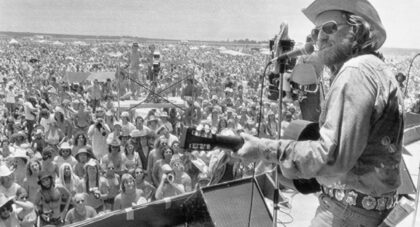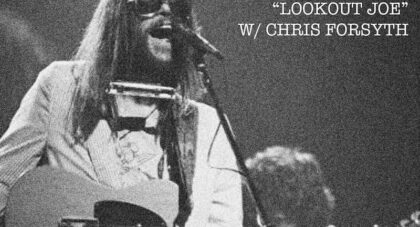The name Loren Chasse and Glenn Donaldson bestowed on their fledgling CD-R label was intentionally totemic. Jewelled Antler. It sounded like something worshipped, an icon from some long-forgotten religion. The block print logo they emblazoned on their small batch releases all but confirmed it: an illuminated stag horn enshrined upon an altar. It might have been cribbed from ice age wall paintings in the caves of Lascaux. And inside was a music strange and wonderful. Sunkissed jangle-pop and caustic drone, Balkan melodies and lysergic folk songs, deep forest field recordings and lo-fi free improv. It was . . .
Only the good shit. Aquarium Drunkard is powered by its patrons. Keep the servers humming and help us continue doing it by pledging your support.
To continue reading, become a member or log in.


